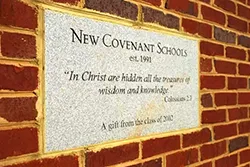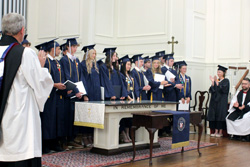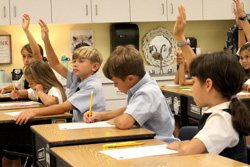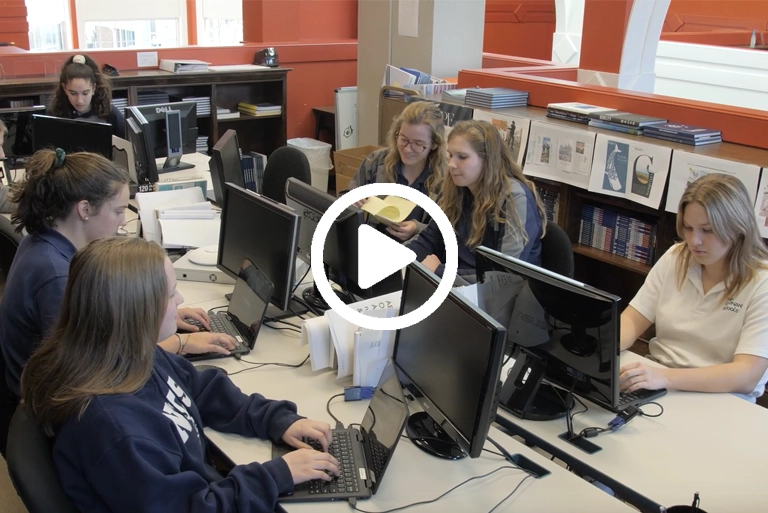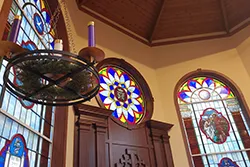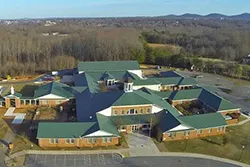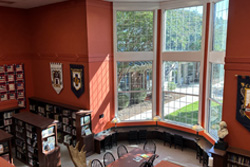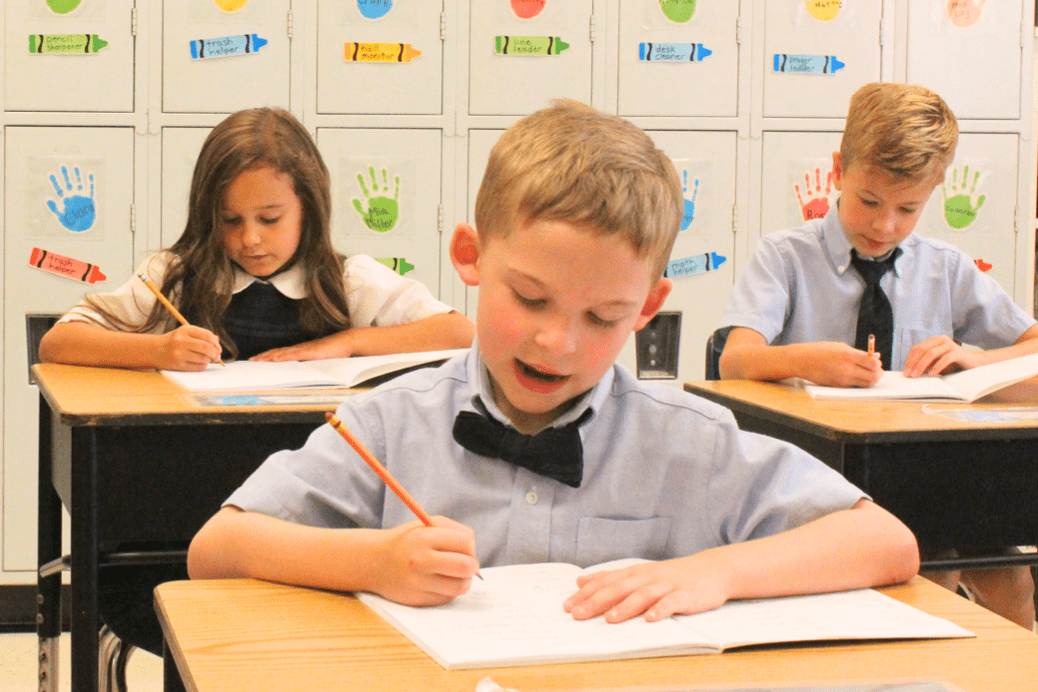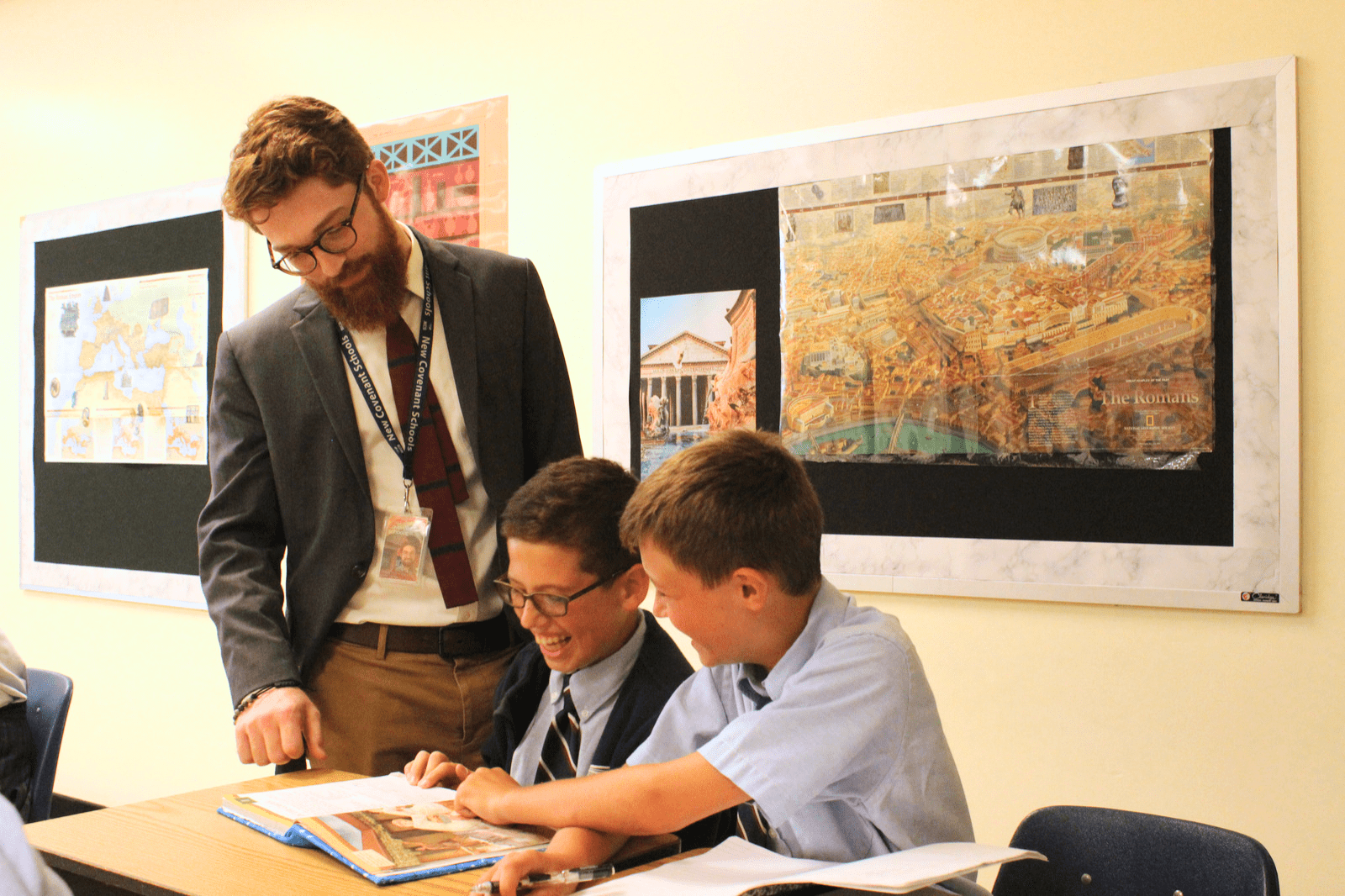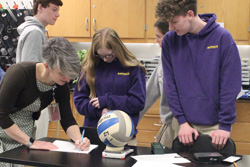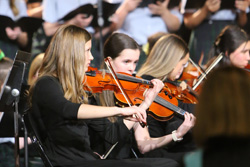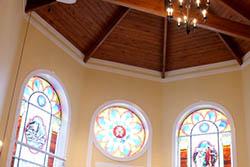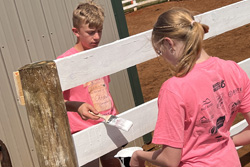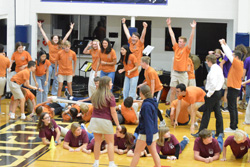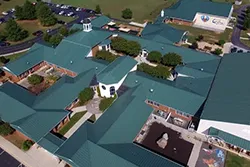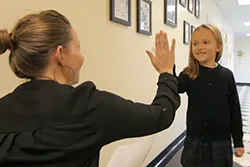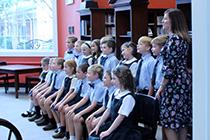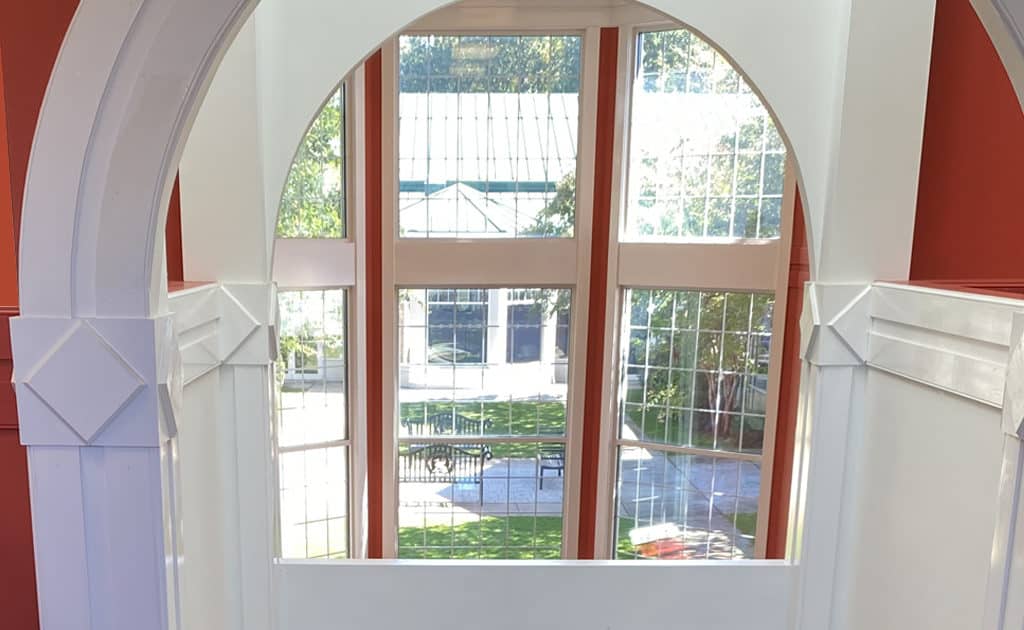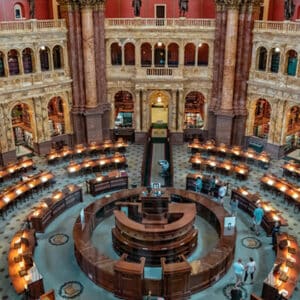The following is part 2 of a series adapted from the Headmaster’s address to the school community at Convocation, August 15, 2021.
New Covenant Schools is a community that is organized around five common values. The first of these is a commitment to common authority, which for us lies in the Scriptures of the Old and New Testaments. This is the book that binds us together in a common faith.
Second, our community is built and survives on common liturgies. By this I am referring not simply to religious moments in the life of the school such as chapel. I am referring to formative rituals that foster habits of the heart. Ritual is one way that human beings make statements about what is important. At Convocation, Graduation, or Lessons & Carols, we engage in overtly religious ritual. We wear special clothes, we invite our students to join their teachers in procession, not simply as subordinates, but signifying that they are full participants in the action of gaining their education and preparing for their futures. We make a big deal out of these moments, because the greater the measure of “fuss” that we make—the more thick the ritual—the more we communicate the importance of what is being transacted.
Our seniors are now in their final year, a year of great transition as they move from childhood to young adulthood, from immaturity to maturity. It is a moment to mark. It helps parents, too, to recognize that their lives are changing. Your community at New Covenant is validating, signifying and celebrating with you, pledging to sustain you with its own constancy.
There are also unspoken liturgies. Think of these as embodied rituals and material practices that are calculated to instill a habit. James K.A. Smith notes, “Education is a holistic endeavor that involves the whole person, including our bodies, in a process of formation that aims our desires, primes our imagination, and orients us to the world—all before we ever start thinking about it.” Considered this way, we are not homo sapiens (thinking man), but homo liturgicus, persons with desires that are oriented toward greater ultimacies.
A student’s behaviors are often driven more by imagination, and less by thinking, fueled as it is by images that are channeled through our senses. Smith continues, “The senses are portals to the heart, and the body is a channel to our core dispositions and identity. Over time, rituals and practices, often in tandem with aesthetic phenomena like pictures and stories—mold and shape our . . . disposition . . . by training our desires.” Thus, the Proverbs offer this injunction to the young: “Guard your heart with all diligence, for out it flow the issues of life.”
Controlling the messaging that shapes the heart is therefore one of the highest responsibilities of parents and teachers. At the end of the day, not only is curricular content important, but the actual environment of the school is important. This is why we suppress phones and restrict access to the internet during school hours. The school is a refuge, an oasis from the massive amounts of desire-shaping imaging set before your children. Don’t forget that the “education” offered through social media and corporate marketing, etc. will shape your child’s desire and set in their hearts a particular view of what is good, what is cool, what is acceptable to friends, what is hot, and how a person is to feel about all of it—what is to be loved or repudiated.
To that end we give careful attention to the “liturgy” of architecture. We have been blessed with the unique opportunity to build a campus that reflects our curriculum. We built with great intention, beginning with a cleared-eyed curricular goal—to bring our students into contact with goodness, truth and beauty. It has been our continual quest to bring visible shape to those things that may not be readily apparent. We crafted our library, our chapel, our common spaces flooded as they are with natural light to be spaces that shape us. We purposely avoid decorating our walls with what my Swiss mother-in-law called “kitsch,” in a purposeful attempt to place the student in an environment that is ordered but beautiful, in an effort to affirm that while beauty is at once expensive, it is not dispensable.
Schools, churches and offices are often driven by the limitations of budgets and the need for the practical; yet, when given the chance to surpass the merely functional, we have chosen to make our physical space a part of the curriculum. A beautiful campus has not been created for its own sake; it has been created and maintained because it sets forth what we value as our highest ideals.
Common liturgies therefore are designed to shape the “unconscious,” which is formed over time through noncognitive avenues.

